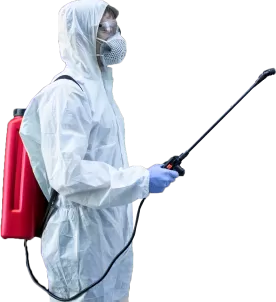Identifying Booklice
With more than 5,000 species of booklice worldwide, the most common in Singapore are:
- Wingless Booklouse (Liposcelis spp.)
- Grain Psocid (Lachesilla pendicularia)
- Deathwatch Psocid (Trogium pulsatorium)
They have often been mistaken for Termites or “white ants”, but on closer examination booklice have more prominent eyes and a distinct neck. They are treated as a nuisance pest and do not transmit diseases.

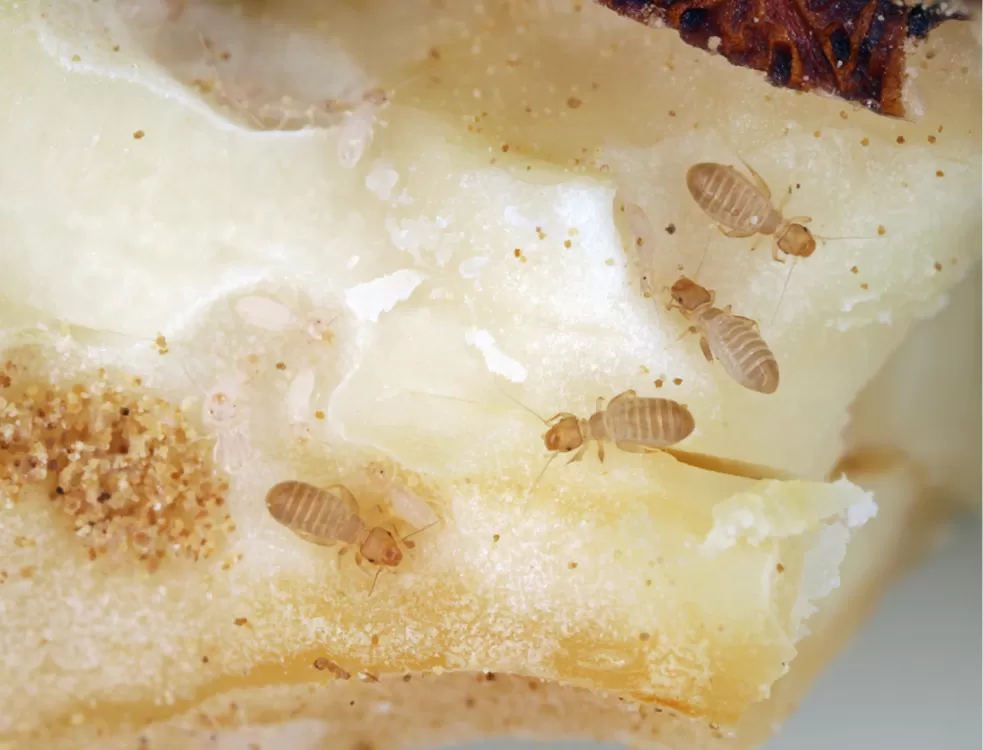
How do you know you have an infestation?
You will find:
- Live booklice crawling around your cupboards, walls, books, and upholstered furniture
- Tiny eggs of about 50-60, laid either singly or in cluste
What can you do to prevent an infestation?
As booklice feed on microscopic mould and fungi that thrive on surfaces with humidity levels of above 50%, keep your humidity levels low by regularly ventilating and sunning the rooms. You may also invest in a dehumidifier.
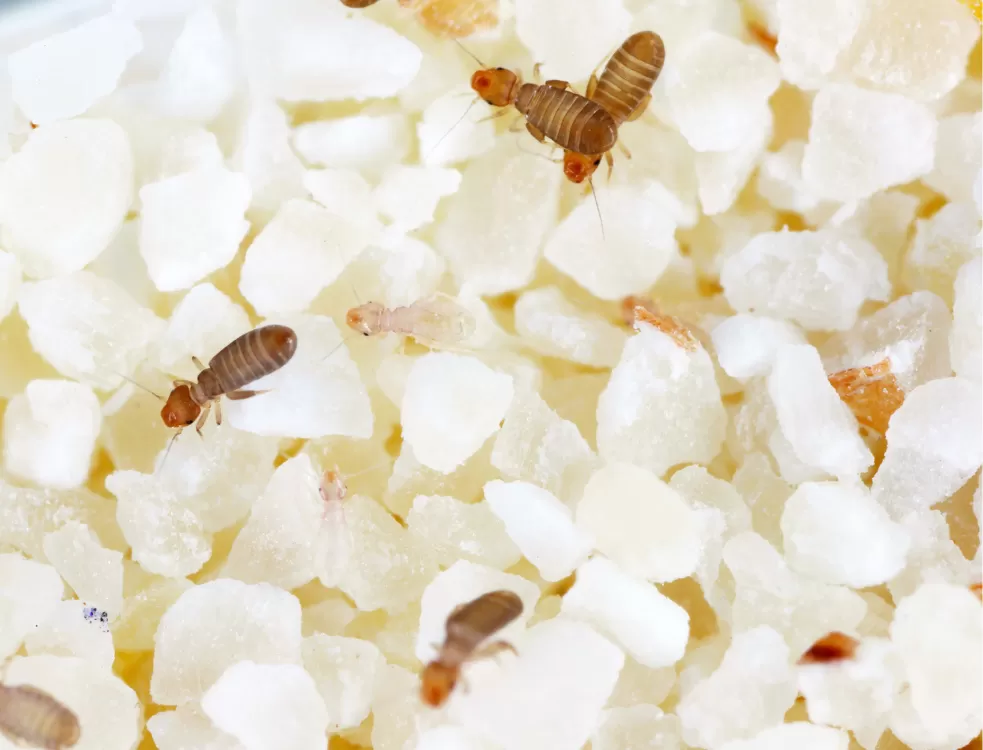
How can we help you?
Our Aardwolf Pestkare Technicians can immediately reduce the pest population by conducting a residual misting of your home, and conduct a thorough inspection to reduce the incidence of infestation.
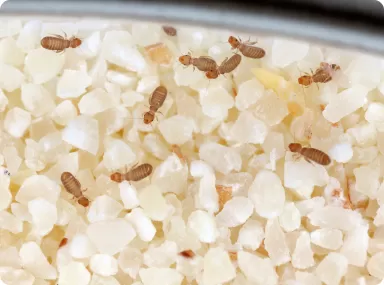
Booklice
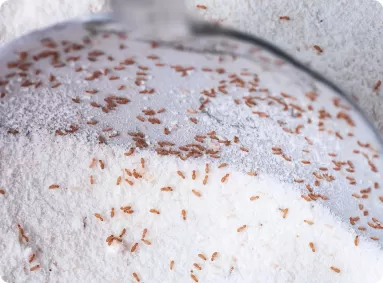
Heavy Infestation By Booklice
Buzzing Sounds: If you hear buzzing sounds near your home or workplace, it could be a sign of a bee or hornet nest nearby.Presence of Bees or Hornets: Seeing bees or hornets flying around your property is another sign of an infestation. These pests are most active during the daytime, so it is best to look for them during daylight hours.
Nesting Sites: Bees and hornets typically build their nests in sheltered areas, such as eaves, attics, walls, or tree branches. Check these areas regularly for signs of nests, such as wax combs, honeycombs, or papery-looking nests.
Increased Aggression: If you notice bees or hornets becoming more aggressive, it could indicate an infestation. This is especially true if they swarm around you or your pets.
Honey or Wax Stains: If you notice stains on your walls or ceilings that look like honey or wax, it could be a sign of a bee or hornet infestation.
If you suspect a bee or hornet infestation, contacting a professional pest control service is crucial for the safe and effective removal of the pests. Removing the nest on your own can be dangerous and may result in stings or bites.
To eliminate your Pest problem, Contact us today!
